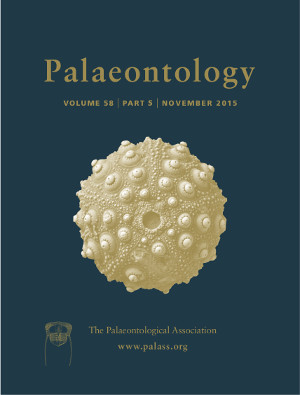Reg. Charity No. 1168330

Extant aplacophorans, a group of shell‐less vermiform molluscs, respire through appendages within or projecting from a posterior cavity. Respiratory structures differ between the subclasses Caudofoveata (ctenidia within the cavity) and Solenogastres (folds of the mantle itself). Acaenoplax hayae, a Silurian vermiform mollusc from the Herefordshire Lagerstätte, England, exhibits characteristics of both these groups. While recent work places it within the crown group Aplacophora, near the caudofoveates, initial observations suggested that its respiratory structures were closer to those of the solenogastres. Here, we present new reconstructions of the posterior of Acaenoplax prepared with the aim of resolving features obscured when prior studies were undertaken. These reconstructions detail a novel posterior architecture, not closely comparable to that of either extant aplacophoran group, in which respiratory projections arise from a membrane that partly encloses a central posterior cavity. The posterior membrane is flanked by small spherical projections; both membrane and spherical projections are apparently unique within the Aplacophora. The existence of this previously undocumented respiratory system underlines the diversity of the aplacophoran clade during the Palaeozoic.